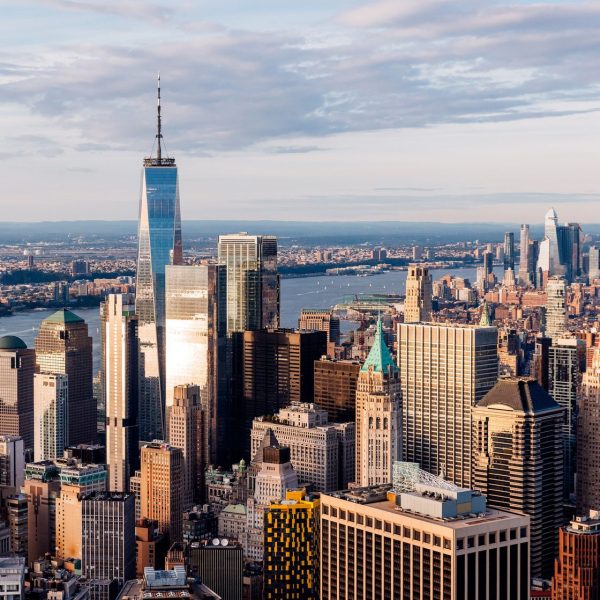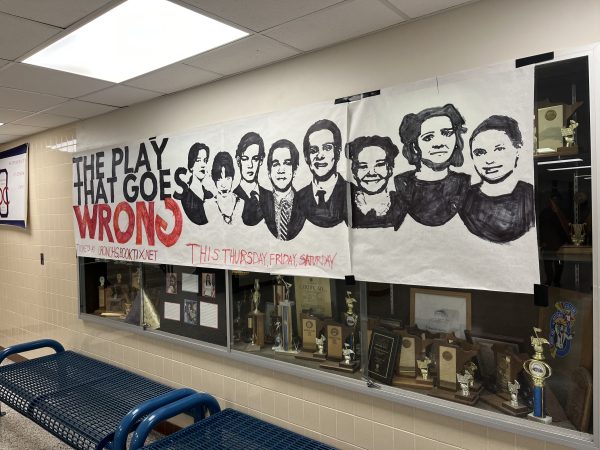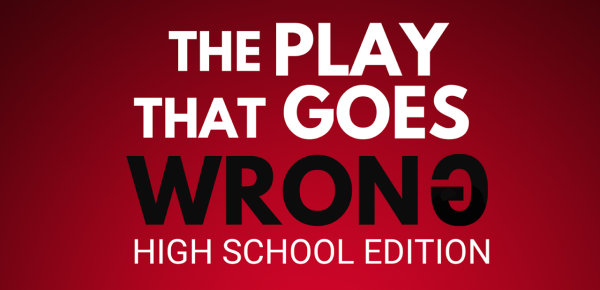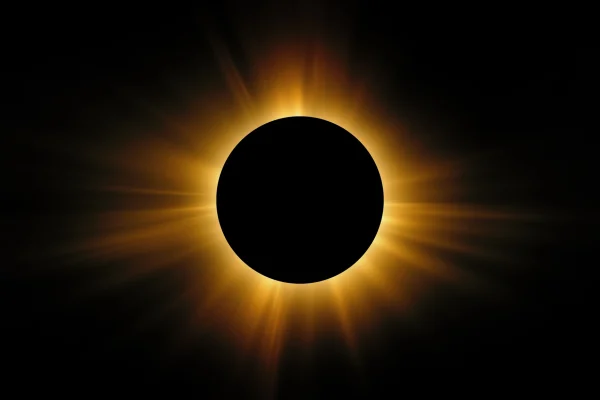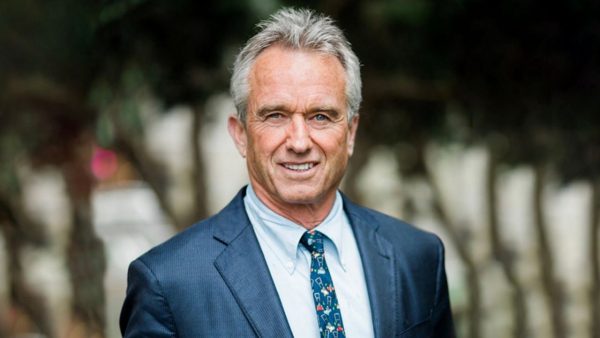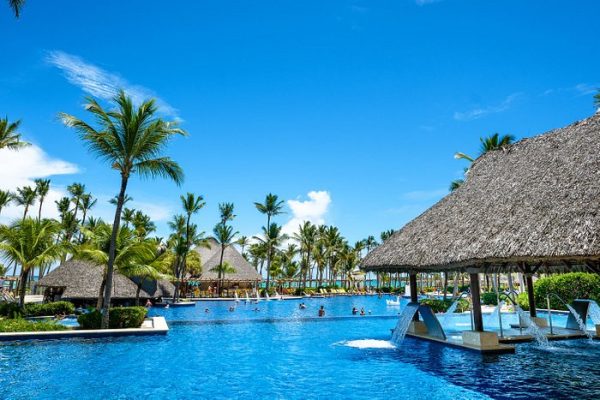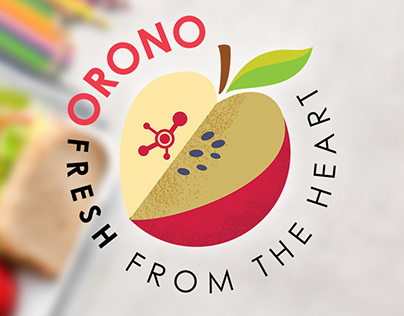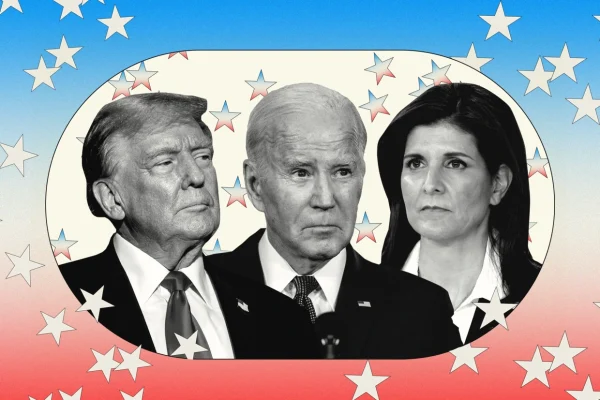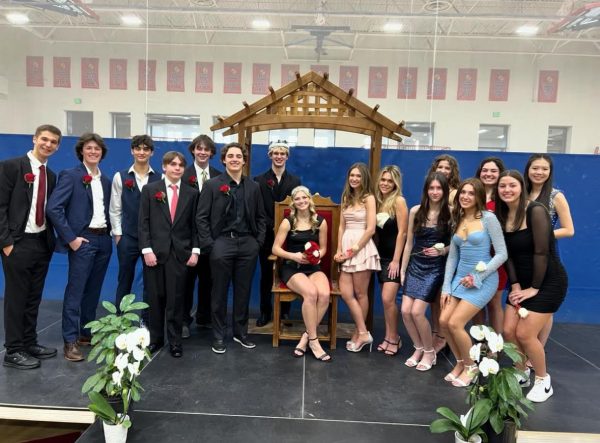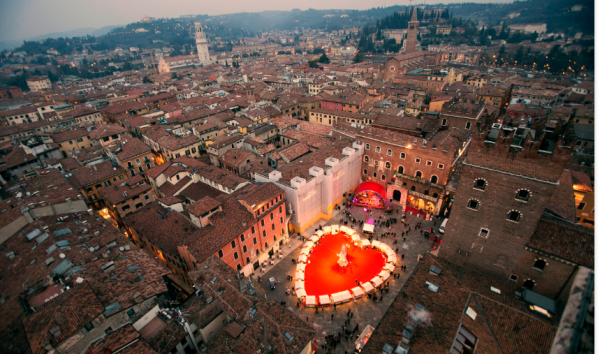The presidential life of John F. Kennedy and his downfall
From his humble beginnings, to his controversial death.
The presidential life of John F. Kennedy began with his inaugural address where he said some of his most famous words, “Ask not what your country can do for you, ask what you can do for your country.”
In his speech, Kennedy was attempting to tell all American citizens that they must be active citizens, according to the Presidential Library and Museum’s website.
The Kennedy family changed the way the White House was looked at from the citizen’s perspectives. The Kennedy family saw it as a place to “celebrate American History, culture and achievement,” according to the Presidential Library and Museum’s website.
Though the White House appeared to be a reflection of the beautiful life of the president, Kennedy had his own issues to worry about. One of the major events that happened during Kennedy’s presidency was the potential nuclear war with the Soviet Union, known today as the Cold War.
Kennedy began a system for a new way of thinking, called the New Frontier. “President Kennedy wanted the United States to move forward into the future with new discoveries in science and improvements in education, employment and other fields.” According to the Presidents Library and Museum’s website, “He wanted democracy and freedom for the whole world.”
As a way to help accomplish this desire, Kennedy began the Peace Corps to help people find ways to volunteer in places that needed the assistance from others. Thanks to President Kennedy, the Peace Corps continues to exists today.
Kennedy was also able to compete and win the Space Race against the Soviet Union. The Space Race was a competition between the Communist Soviet Union and the United States to see who could explore space first.
Kennedy was also involved in the 1962 Cuban Missile Crisis, when the United States found nuclear weapons from the Soviet Union being built on the island of Cuba. Kennedy wanted American knowledge of these missiles to be kept a secret. He then placed a military blockade on Cuba to keep the Soviet Union from bringing in military supplies.
Kennedy worked a deal with the Soviet Union leader Nikita Khrushchev, stating that the Soviet Union would take down their missile site in exchange for a pledge from the United States saying that they would not invade Cuba.
The U.S. benefitted from another agreement made at the time, however, the agreement remained undiscovered until 25 years after it was made. The U.S. agreed to take their nuclear missiles out of Turkey.
The agreements made between the U.S. and Soviet Union ended the Cuban Missile Crisis, however, the two agreements did not end the military arms race between the two nations.
As Kennedy was preparing his campaign for the 1964 election, he had planned to make rounds to the West and to Texas.
On the morning of Nov. 22, 1963 at 12:30 p.m., President John F. Kennedy was shot in the neck. Kennedy, his wife, Jacqueline Kennedy Onassis, and governor of Texas, John Connally, were all in the car. Connally was hit in the chest by a bullet but survived. At 1:00 p.m., the president was pronounced dead.
Vice President Lyndon B. Johnson was sworn into presidency at 2:38 p.m. on Air Force One as they returned to Washington D.C.
After discovering her niche for writing, Senior Madi Arends took a step into the world of Journalism her sophomore year.
“My favorite part of Journalism...

